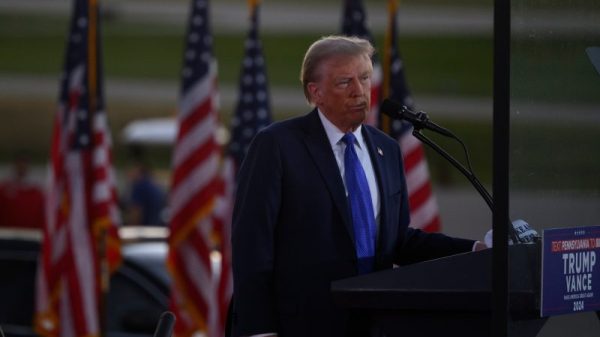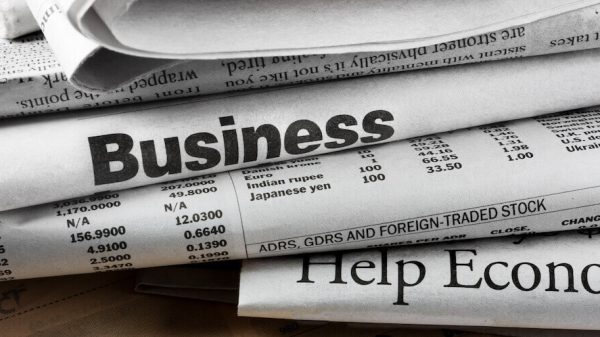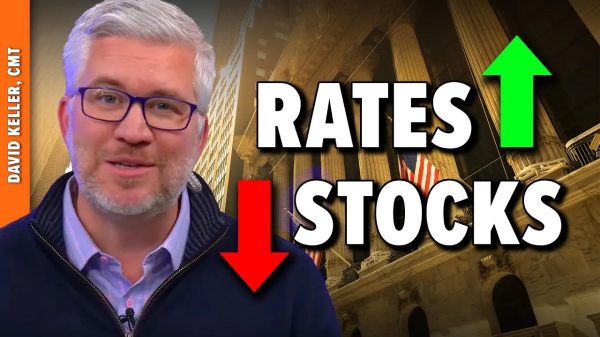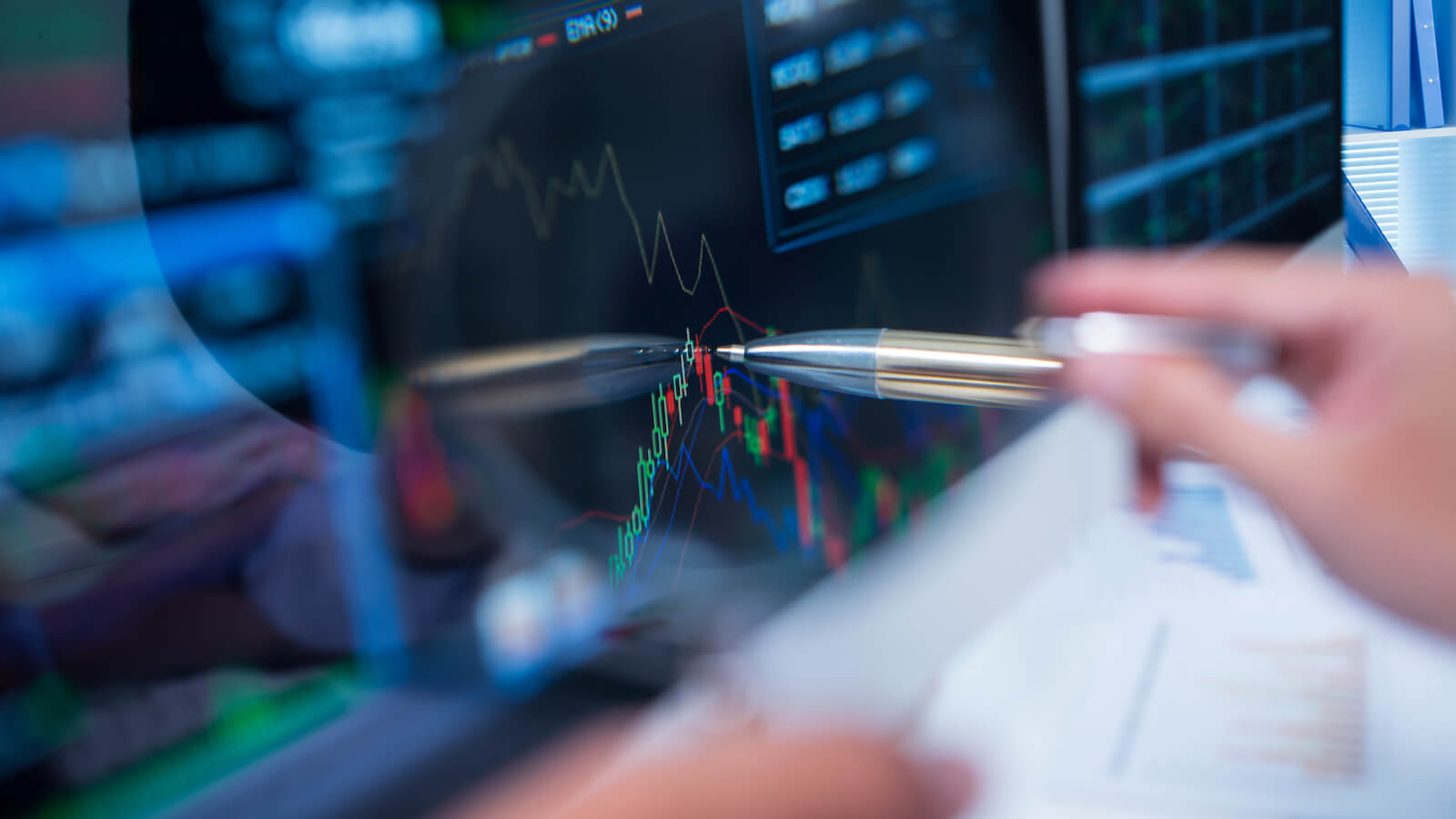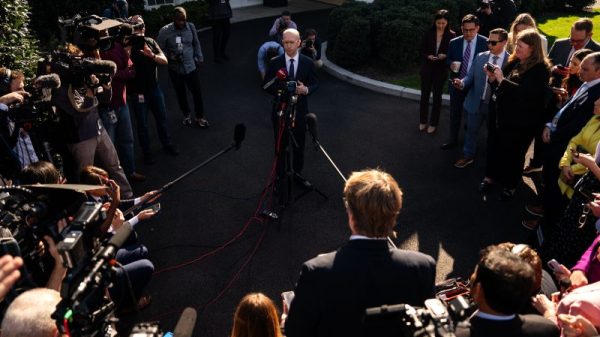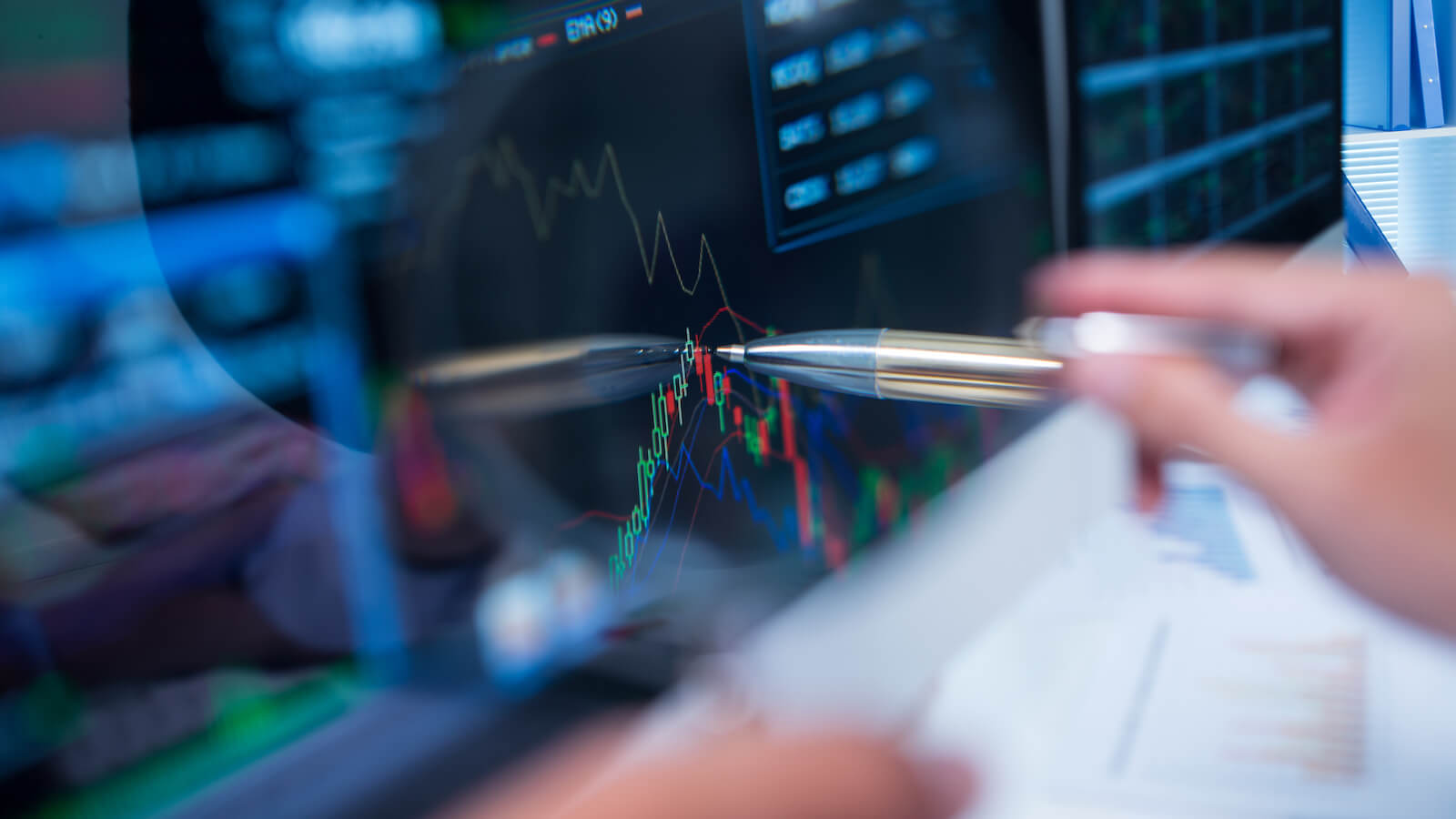
When major shifts happen in the market, such as the one we’re seeing the morning after the election, how can you analyze investor sentiment shifts and adapt your strategy to align with where money will likely flow in the coming weeks and months?
If you checked the markets on Wednesday morning, post-election, you woke up to several remarkable events:
- The stock market shot up to a record high, with the Dow jumping 1,300 points and the Russell 2000 soaring as high as 4%.
- The yield on the US 10-year bond surged 4.48%, indicating expectations of economic growth and wider deficits.
- The US dollar rose the most since 2020 while foreign currencies sank.
- Gold prices stabilized, though they were down nearly 2% from the metal’s October high.
- Silver, attempting to stabilize as well, remains down a whopping 7% from its October high.
The big question: Do these shifts signal a confident pivot to “risk-on,” or is the market’s optimism overextended?
Price action will tell you directly what investors are expecting out of the markets in the near-to-intermediate term, but to get an even clearer picture, it’s best to analyze the undercurrents driving market sentiment. Perhaps there, you’ll see what most investors looking at price action or following the news cannot.
A Look at Safe Havens vs. Equities
Since the focus here is on “risk on vs. risk off” sentiment, let’s compare two safe havens, gold ($GOLD) and silver ($SILVER), to the S&P 500 ($SPX).
FIGURE 1. COMPARATIVE CHARTS OF GOLD, SILVER, AND THE S&P 500. All three declined since October, but the S&P jumped following Tuesday’s election. Chart source: StockChartsACP. For educational purposes.
While gold and silver’s uptrend are still intact, with silver showing more weakness than gold, the S&P 500 shows a positive jolt in money flow compared to the defensive monetary metals. This picture also tells us that market sentiment, at least for the moment, favors economic growth prospects over fears of potential tariff-driven headwinds.
The flow into domestic equities and the outflow from international currencies, likely in anticipation of increased tariff activity, are most evident in the forex market, where the US dollar index (UUP as a proxy) rose higher while the $EURUSD dropped following the election.
FIGURE 2. COMPARATIVE CHART OF THE DOLLAR INDEX VS EURUSD. Money could be flowing from international currencies and into US stocks due to tariff fears.Chart source: StockChartsACP. For educational purposes.
Still, we need to take a closer look at market sentiment from a level deeper than what we can see on the surface. Let’s shift to a daily chart of the S&P 500.
FIGURE 3. CHART OF THE S&P 500. The two sentiment indicators based on surveys of investors and professional money managers show that investors are cautious, whereas the institutions are bullish.Chart source: StockCharts.com. For educational purposes.
Before you look at the price action, note the two sentiment indicators below the chart. Both are weekly surveys.
The first indicator—the American Association of Individual Investors (AAII) index (!AAIIBULL)—is a survey of members who represent the individual or “retail” crowd. The survey simply asks whether they’re bullish, bearish, or neutral. A reading over 50% means that 50% or more members are bullish on the markets. Right now, 39.50% of the members are bullish, down from 50% in October, while bearish sentiment has risen to 30.90% (from just under 20% last month). If you were to use this indicator as a contrarian, the current signal tells you that investors are, at best, cautiously optimistic leading up to election day. It’ll be interesting to see how this changes in the coming days when the new levels are reported.
The second indicator—National Association of Active Investment Managers (NAAIM) index (!NAAIM)—reflects the average exposure of professional money managers (the institutional ‘smart money’) to U.S. equity markets. Basically, its members report their equity exposure. Like the AAII index, contrarians look for readings near 100 as a sign of possible distribution (and readings close to 10% as a sign of possible accumulation). Currently, with 82% of managers holding equity exposure, it’s a bullish signal, though not too bullish as to indicate euphoria.
The Chaikin Money Flow (CMF), a momentum indicator, has dipped below the zero line, meaning that selling pressure has overtaken buying pressure. This suggests a pullback is likely, though, given the post-election uncertainty, you’d have to watch the markets closely to see what it does.
The market is generally bullish but not by any means euphoric. The breakaway price gap you see on the chart is a very bullish pattern that, historically at least, can continue for days without the gap getting filled. With that said, potential support following a pullback will have to be measured once the pullback finally occurs (which isn’t now). But, if the near-term trend is indeed strong, expect price to remain above the support level at roughly the $5,688 range, which is also a critical swing low and support for the current trend.
In short, market sentiment is leaning toward a cautious risk-on sentiment. And despite money flow hinting at a pullback, based on the indicators, that’s likely an opportunity for accumulation rather than distribution.
At the Close
Post-election, investors appear to be leaning toward the “risk-on” vibe. Big players keep a solid equity exposure, while retail investors are more measured but still bullish. While the market’s upbeat, it’s by no means euphoric—yet. So, closely watch those support levels, sentiment indicators, and price action (namely, any pullback when it occurs) to see if this cautious optimism sticks or fades.
Disclaimer: This blog is for educational purposes only and should not be construed as financial advice. The ideas and strategies should never be used without first assessing your own personal and financial situation, or without consulting a financial professional.






